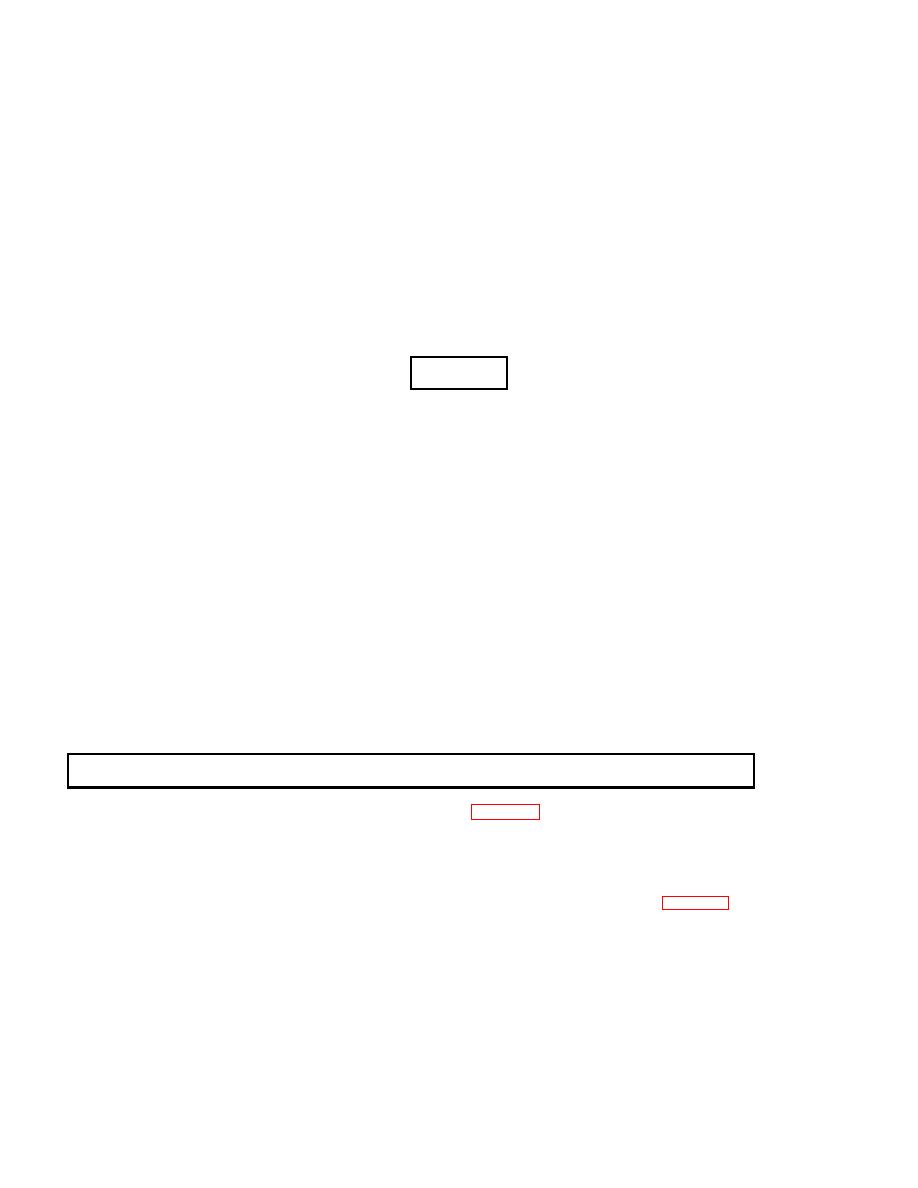 |
|||
|
|
|||
|
Page Title:
PREVENTIVE MAINTENANCE CHECKS AND SERVICES (PMCS) TABLE |
|
||
| ||||||||||
|
|
 TM 9-2320-366-20-1
c. Welds. Look for loose or chipped paint, rust, or gaps where parts are welded together. If a bad weld is found,
notify your supervisor.
d. Electric Wires and Connectors. Look for cracked or broken insulation, bare wires, and loose or broken
connectors. Tighten loose connectors and ensure wires are in good shape.
e. Fluid Lines and Fittings. Look for wear, damage, and leaks and make sure clamps and fittings are tight. Wet
spots show leaks, but a stain around a fitting or connector can mean a leak. If connector or fitting is loose, tighten it.
If something is broken or worn out, replace or repair using the applicable procedure.
f. Fluid Leakage. It is necessary to know how fluid leakage affects the status of fuel, oil, coolant and the hydraulic
systems. The following are definitions of the type/classes of leakage necessary to know in order to determine the status
of the vehicle. Learn, then be familiar with them and REMEMBER - WHEN IN DOUBT, NOTIFY THE SUPERVISOR!
CAUTION
Equipment operation is allowable with minor leakage (Class I or II). Consideration must be given to
the fluid capacity in the item/system being checked/inspected. When in doubt, notify the supervisor.
When operating with Class I or II leaks, continue to check fluid levels as required in the PMCS.
Class III leaks should be repaired using the applicable procedure.
(1) Class I. Seepage of fluid as indicated by wetness or discoloration not great enough to form drops.
(2) Class II. Leakage of fluid great enough to form drops but not enough to cause drops to fall from item being
checked/inspected.
(3) Class III. Leakage of fluid great enough to form drops that fall from the item being checked/inspected.
g. Air System Components. Look for worn, damaged, or leaking components. Make sure clamps and fittings are
tight. If a leak comes from a loose fitting or connector, tighten it. If something is broken or worn out, replace or repair
it.
h. Damage. Damage is defined as any condition that affects safety or would make the vehicle unserviceable for
mission requirements.
b.
Refer to the specified technical manuals for preventive maintenance for special purpose kits.
c. Always perform the PREVENTIVE MAINTENANCE in the same order until it gets to be a habit. Once practiced,
it will be easy to spot anything wrong in a hurry. Perform the checks and services listed in Table 2-1 in the order listed.
d.
If something does not work, troubleshoot with instructions in Section IV.
e. If anything looks wrong and is too hard to fix, notify the supervisor.
f. When doing preventive maintenance, take along the tools and supplies needed to make all the checks, including
a clean cloth or two.
|
|
Privacy Statement - Press Release - Copyright Information. - Contact Us |